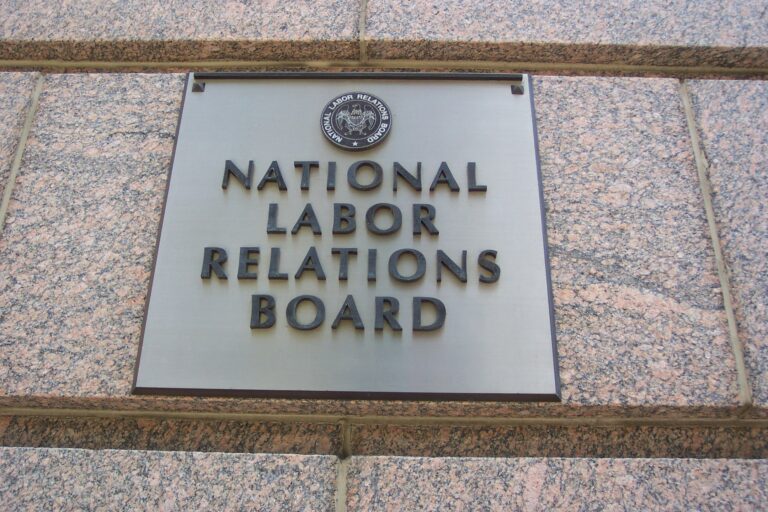
Andrew Strom is a union lawyer based in New York City. He is also an adjunct professor at Brooklyn Law School.
Among the scariest images of Hurricane Irma were two collapsed cranes at construction sites in Miami. If you’re wondering why Miami doesn’t have stricter laws regulating construction cranes, the answer is that when Miami enacted a law requiring cranes to withstand 140 mile per hour winds, the Associated Builders and Contractors, an association of non-union construction companies sued and stopped the law from going into effect.
Most cranes in the United States are only built to withstand winds of 93 miles per hour. But, in 2008, Miami-Dade County wisely realized that in a hurricane-prone region, it would make sense to impose stricter standards. The County decided that tower cranes should withstand wind loads of 140 miles per hour. Instead of accepting the wind load standard, the Associated Builders and Contractors sued, arguing that the federal Occupational Safety and Health Act preempted the local ordinance. The County argued that even if local workplace health and safety laws are ordinarily preempted, these standards should not be because “failing cranes kill people, workers and non-workers alike.” The County argued that particularly during hurricanes, the new standard was directed at public safety, not occupational safety.
But, the three judge panel on the Eleventh Circuit Court of Appeals rejected the County’s argument. The judges pointed out that construction sites are typically closed to the public, and “the County failed to identify a single incident in which a crane accident injured a member of the general public during a hurricane.” In other words, instead of taking precautionary measures, the County should have waited for someone to die, and then, perhaps the regulation would pass muster. I’d like to think the Eleventh Circuit judges are having second thoughts about that opinion.









Daily News & Commentary
Start your day with our roundup of the latest labor developments. See all
July 14
More circuits weigh in on two-step certification; Uber challengers Seattle deactivation ordinance.
July 13
APWU and USPS ratify a new contract, ICE barred from racial profiling in Los Angeles, and the fight continues over the dismantling of NIOSH
July 11
Regional director orders election without Board quorum; 9th Circuit pauses injunction on Executive Order; Driverless car legislation in Massachusetts
July 10
Wisconsin Supreme Court holds UW Health nurses are not covered by Wisconsin’s Labor Peace Act; a district judge denies the request to stay an injunction pending appeal; the NFLPA appeals an arbitration decision.
July 9
the Supreme Court allows Trump to proceed with mass firings; Secretary of Agriculture suggests Medicaid recipients replace deported migrant farmworkers; DHS ends TPS for Nicaragua and Honduras
July 8
In today’s news and commentary, Apple wins at the Fifth Circuit against the NLRB, Florida enacts a noncompete-friendly law, and complications with the No Tax on Tips in the Big Beautiful Bill. Apple won an appeal overturning a National Labor Relations Board (NLRB) decision that the company violated labor law by coercively questioning an employee […]